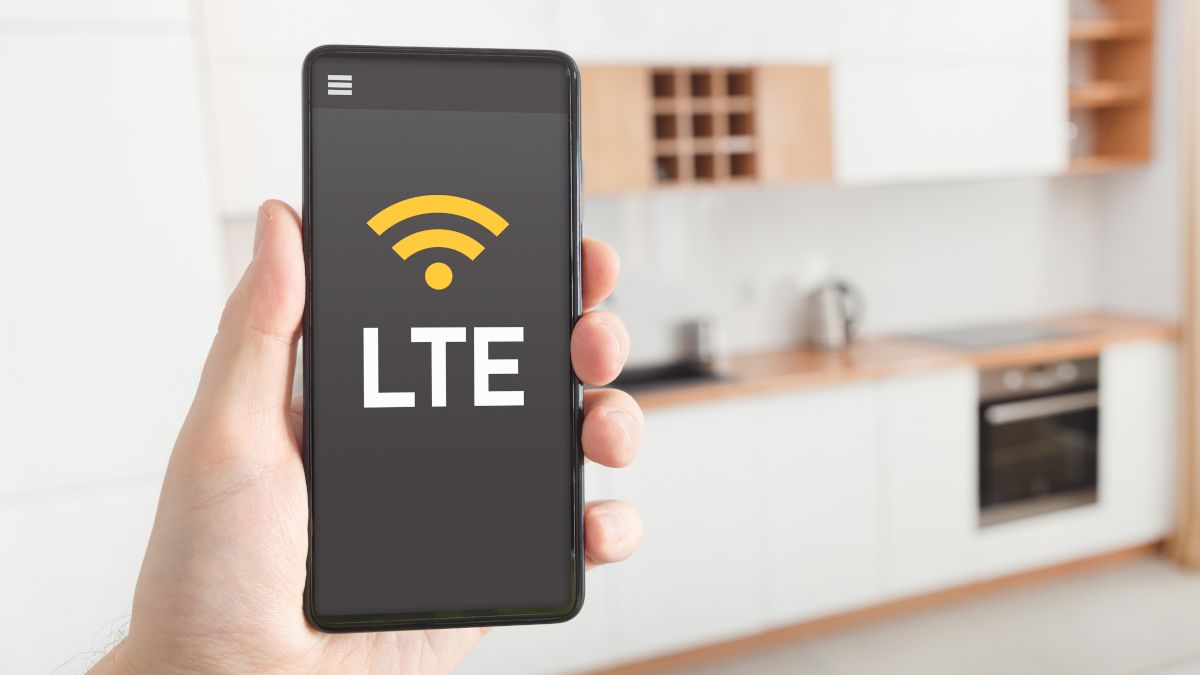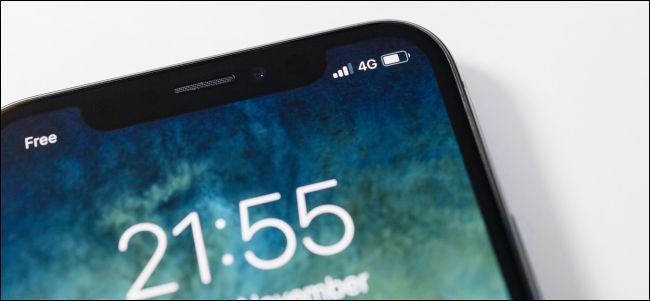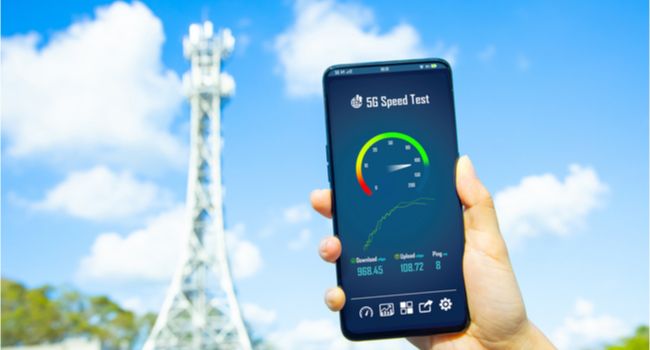Curious about the LTE symbol on your smartphone? It's one of the many wireless standards that allow you to communicate on the go. But what does LTE mean, and how is it different from 5G?
A 4G Standard
LTE or Long Term Evolution is a 4G wireless broadband standard used by mobile carriers to offer data and voice services on your phone. It provides faster internet speeds and lower latency than 3G. As a result, you can stream videos, play games, and do high-speed data transfers right in the palm of your hand.
LTE is primarily used on smartphones and mobile hotspots. But you will also find the technology on some smartwatches, tablets, laptops, and other devices.
While LTE is frequently marketed as 4G LTE, it technically doesn't meet the criteria of a 4G wireless service set by the ITU Radiocommunications Sector (ITU-R). ITU-R is a unit of the International Telecommunication Union, and it's responsible for developing the communications standards, such as 4G. According to ITU-R, a true 4G network delivers peak data transmission speeds of at least 100Mbps in motion and at least 1Gbps while stationary.
However, when mobile carriers could not achieve these speeds, ITU-R relaxed the requirements so that LTE could be marketed as a 4G technology. ITU-R said that any wireless technology that provides "a substantial level of improvement in performance and capabilities" over the initial 3G network could also be considered 4G.
What Are LTE Advanced and LTE Advanced Pro?
LTE Advanced and LTE Advanced Pro are improved versions of the LTE standard and are capable of providing even faster internet speeds. Theoretically, LTE Advanced can deliver a peak data download rate of 1Gbps, and Advanced Pro can reach up to 3Gbps. As a result, both LTE Advanced and Advanced Pro meet the technical requirements for true 4G.
Fortunately, both LTE Advanced and LTE Advanced Pro are backward compatible, and regular LTE devices can work with these networks. But, unfortunately, you won't get the enhanced benefits.
Many LTE networks around the world have already been upgraded to LTE Advanced. And it's represented by LTE+, 4G+, or LTE-A symbols on your phone, instead of the usual LTE or 4G.
How Does LTE Work?
Cellular standards have traditionally used both circuit-switching and packet-switching networks to provide voice and data services to their consumers. While a circuit-switching network establishes a dedicated connection to the person on the other end and keeps the connection until a call is completed, a packet-switching network, on the other hand, uses data packets to transmit information from one device to another over a digital network. These data packets are free to take the path of least resistance to reach their destination and don't need a dedicated line.
Unlike 2G and 3G technologies, LTE uses an entirely packet-switching network. As a result, there is no circuit-switching for placing voice calls. Instead, VoLTE or voice-over LTE is used to handle voice calls. That said, LTE supports the circuit-switched fallback (CSFB) option to allow voice calls through existing 3G and 2G networks when a phone doesn't support VoLTE or LTE isn't available. In fact, during the early LTE implementations, carriers frequently used CSFB. But VoLTE is quite common now.
LTE makes efficient use of the existing network bandwidth to provide faster internet speeds and low latency. This is possible thanks to technologies such as MIMO or Multiple Input Multiple Output, Carrier Aggregation, multi-carrier modulation, and more.
LTE vs. 5G
Although LTE is still a dominant cellular technology standard worldwide, 5G or fifth-generation wireless broadband technologies are quickly gaining traction. A number of wireless carriers around the world, including in North America, are rolling out their 5G networks that promise faster internet speed, reliability, and bandwidth.
So with a 5G network, you can expect to upload or download data at a much higher speed than LTE. It will also allow you to enjoy data and bandwidth-intensive applications and services like cloud gaming, high-resolution streaming, etc.
The fifth-generation networks are theoretically capable of delivering download speeds of up to 10Gbps. However, these top data rates are only possible with high-frequency mmWave 5G bands. 5G can also utilize the sub-6GHz frequency bands, but the internet speeds in these frequency bands won't be as high as mmWave 5G, though still more than LTE speeds.
And as the 5G networks are still in their growing phase, they will take time to mature as LTE has matured over the years. Moreover, as 5G is a new technology and it's not backward compatible, like any other previous network generation, you will need a 5G-compatible device to experience it. So, for example, your LTE phone won't be able to connect to a 5G network.
All in all, while 5G offers several benefits over LTE, it isn't quite ready to replace LTE yet. So for the next few years, at least, we will see 5G and LTE co-exist and complement each other.



